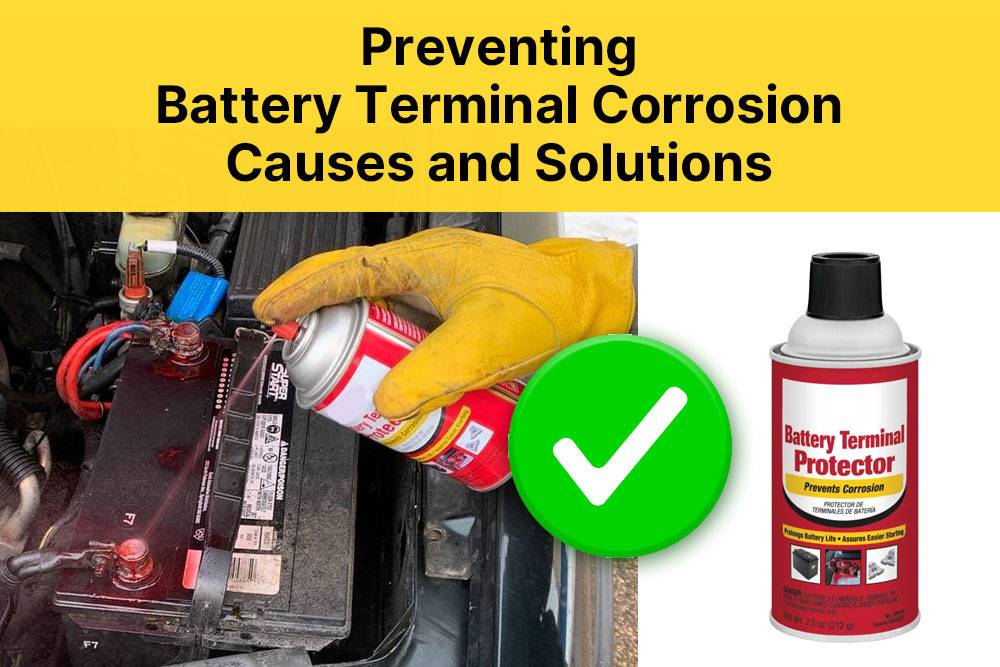
Blog
How to Maximize Group 24 Battery Life and Performance?
Group 24 batteries are lead-acid batteries commonly used in marine, RV, and automotive applications. To maximize their lifespan (typically 3–5 years), maintain proper charge levels, clean terminals regularly, avoid deep discharges, and store them in cool, dry conditions. Use a smart charger to prevent overcharging and monitor voltage to detect early signs of failure.
The Ultimate Guide to Group 24 Battery: 24F, 24H, 24R, 24T
What Are the Key Features of Group 24 Batteries?
Group 24 batteries are characterized by their dimensions (10.25″ x 6.8″ x 8.9″), 70–85 Ah capacity, and dual terminal posts (top or side). They come in flooded, AGM, or gel variants, with AGM offering spill-proof design and faster recharge cycles. Common applications include powering trolling motors, RV appliances, and automotive backup systems.
How Often Should You Charge a Group 24 Battery?
Charge Group 24 batteries after every use, even if only partially discharged. Maintain a 50% minimum charge during storage and recharge every 6–8 weeks. Use a three-stage smart charger with absorption (14.4–14.6V), float (13.2–13.4V), and equalization modes (15.5V for flooded types) to prevent sulfation. Avoid charging below freezing temperatures.
Modern chargers with temperature compensation adjust voltage based on ambient conditions – a critical feature for RV owners who travel through varying climates. For AGM batteries, limit charging current to 20-30% of battery capacity (e.g., 14-21A for 70Ah battery) to prevent overheating. Marine users should consider dual-bank chargers when maintaining starting and deep-cycle batteries simultaneously.
| Charger Type | Voltage Range | Ideal Use Case |
|---|---|---|
| Smart Charger | 13.2-14.6V | Daily maintenance |
| Equalizer | 15.5V | Monthly flooded battery care |
| Solar Controller | 12-14V | Off-grid systems |
Why Is Terminal Cleaning Critical for Battery Longevity?
Corroded terminals increase resistance, causing voltage drops and reduced cranking power. Clean terminals every 3 months using a baking soda solution (1 tbsp to 1 cup water) and wire brush. Apply anti-corrosion grease or felt pads after tightening connections to 4.5–6 Nm torque. Severe corrosion can decrease efficiency by up to 40%.
Can Temperature Extremes Affect Group 24 Battery Health?
High temperatures (above 95°F/35°C) accelerate water loss and plate corrosion, while freezing conditions increase internal resistance. Store batteries at 50–80°F (10–27°C). For every 15°F above 77°F, lifespan decreases by 50%. Use insulation blankets in cold climates and ventilated compartments in heat. AGM batteries perform better in extreme conditions than flooded variants.
How Does Load Management Prolong Battery Lifespan?
Limit discharge depth to 50% for optimal cycle life—a 100Ah battery should only deliver 50Ah before recharging. Use a battery monitor to track real-time consumption. Prioritize high-draw devices (inverters, winches) when the engine runs to leverage alternator charging. Undersized loads cause stratification in flooded batteries, leading to premature failure.
What Are the Signs of a Failing Group 24 Battery?
Key failure indicators include swollen casing (overcharging), slow engine cranking (below 9.6V under load), sulfation (white crystals on plates), and frequent need for watering (flooded types). Test voltage weekly: 12.6V+ = healthy, 12.0–12.4V = recharge needed, below 11.8V = potential cell failure. Hydrometer readings below 1.225 indicate low electrolyte density.
How to Properly Store Group 24 Batteries Long-Term?
Disconnect cables, clean terminals, and charge to 100% before storage. Use a maintenance charger like Battery Tender® set to 13.2V. Store upright in a non-conductive tray at 40–60% humidity. Flooded batteries require monthly equalization charges. AGM types can sit for 3–6 months without charging. Avoid concrete floors—place on wooden pallets to prevent parasitic drain.
For winter storage exceeding six months, consider these additional precautions: Remove batteries from vehicles to prevent phantom drains, use vapor-proof container liners in humid environments, and implement a rotational charging schedule if storing multiple units. Marine batteries stored on boats should be elevated above bilge water level and protected from fuel vapors.
| Storage Duration | Flooded Battery Care | AGM Battery Care |
|---|---|---|
| 1-3 Months | Monthly voltage check | No maintenance needed |
| 3-6 Months | Bi-monthly equalization | Quarterly voltage check |
| 6+ Months | Electrolyte replacement | Pre-storage full charge |
Expert Views
“Group 24 AGM batteries thrive under consistent partial-state-of-charge (PSOC) use. We recommend using a programmable DC-DC charger for RVs to manage alternator output. For marine applications, bimonthly capacity testing with a carbon pile tester prevents unexpected failures. Always prioritize temperature-compensated charging—it’s the unsung hero of battery longevity.” — Redway Power Systems Engineer
Conclusion
Proactive maintenance of Group 24 batteries—targeted charging, corrosion control, and load management—can extend service life beyond 7 years in optimal conditions. Pair these practices with quarterly professional load tests and invest in quality monitoring tools. Remember, battery health directly impacts system reliability in critical applications like marine navigation and RV living.
FAQs
- How Long Do Group 24 Batteries Last?
- 3–5 years average lifespan. AGM variants last 4–7 years with proper maintenance. Cycle life ranges from 500 cycles at 50% depth of discharge (DoD) to 1,200 cycles at 20% DoD.
- Can You Revive a Sulfated Group 24 Battery?
- Mild sulfation may be reversed with a 24-hour equalization charge at 15.5V (flooded) or pulse desulfation for AGM. Severe cases require electrolyte replacement.
- Are Group 24 Batteries Interchangeable Between Brands?
- Yes, provided voltage (12V) and terminal types match. Check CCA (Cold Cranking Amps) ratings—marine models typically have higher CCA than automotive.




